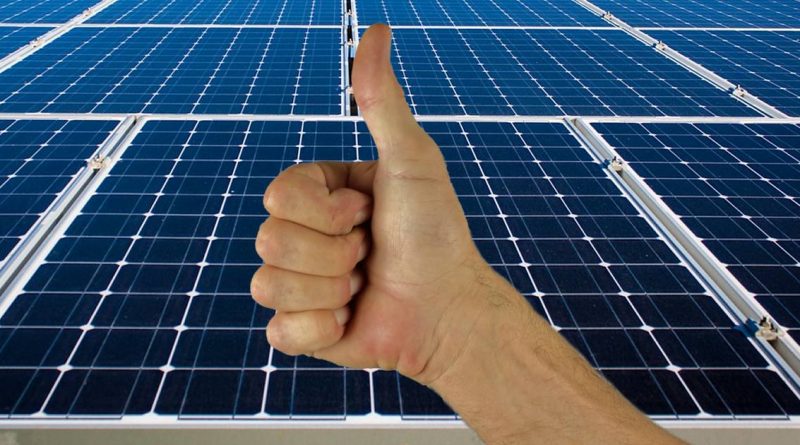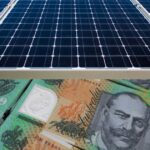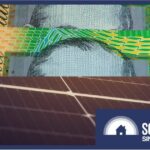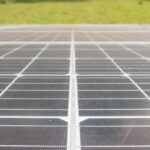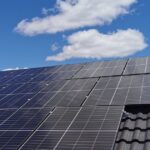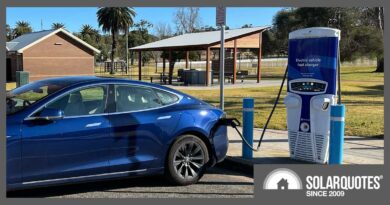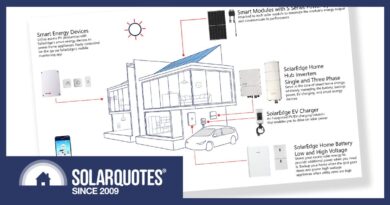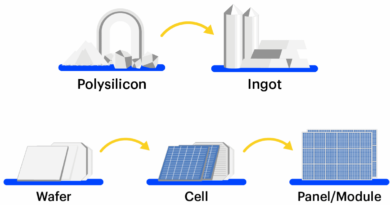Strong STC Prices Good News For Solar Buyers
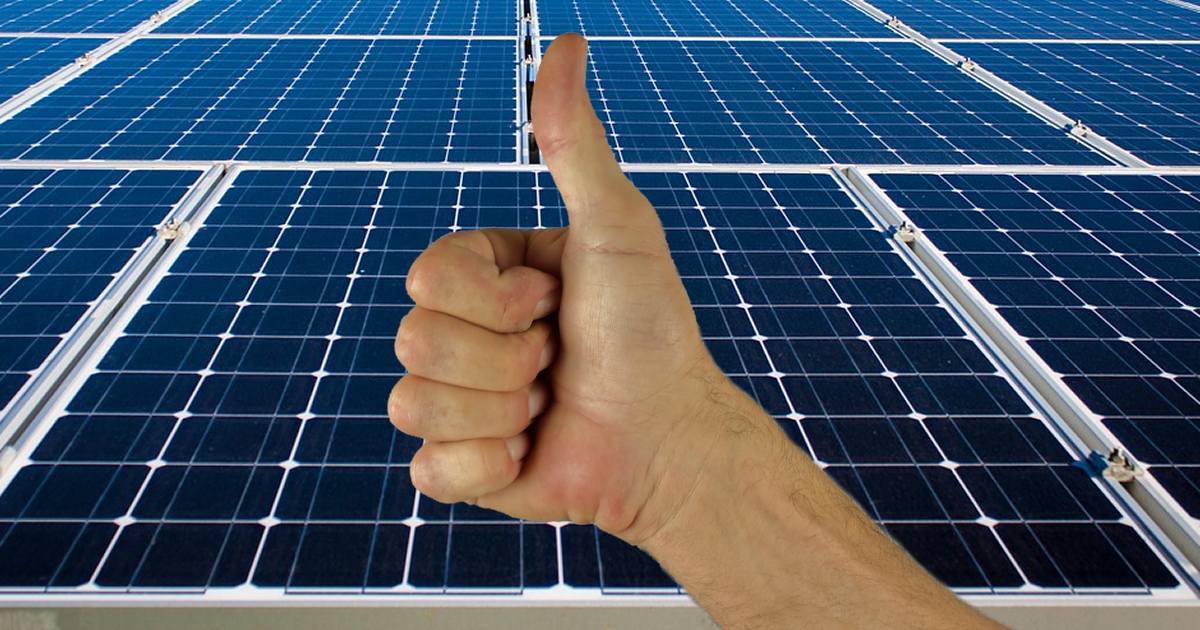

In good news for Australians considering going solar, prices for STCs continue to remain high. So, what is an STC and why is a high price a good thing?
Australia’s popular solar rebate (actually an up-front subsidy) that can knock thousands off the cost of installing panels is based on Small-scale Technology Certificates – more commonly referred to as STCs.
When an eligible solar power system is installed, certificates can be created for the system. The number of certificates issued depends on:
- The year of installation1
- The size of the system (solar panel capacity, not inverter capacity)
- The geographical “zone” 2
The number of certificates a system is eligible for is only one part of the solar rebate equation – the other has to do with market forces. Liable entities such as electricity retailers are required to purchase and surrender STCs to meet their Small-scale Renewable Energy Scheme obligations. This year they’ll collectively need to buy around 50.6 million STCs.
STCs can range from a theoretical $03 and a maximum $40. Prices fluctuate depending on demand.
STC prices have generally ranged between $38.xx and 39.xx this year as indicated by this graph adapted from Demand Manager. Demand Manager indicates the STC spot price (blue line on graph) on Friday averaged $38.80.
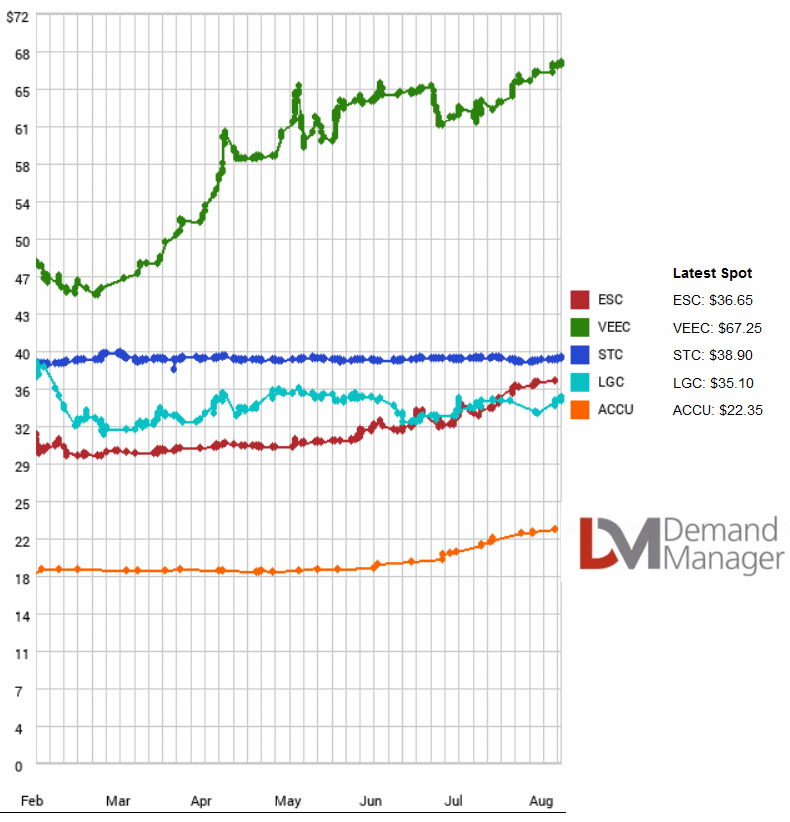

As mentioned, certificates can’t be generated until *after* the installation is complete. But what solar businesses do is to provide the value as a up-front discount, and you sign over the rights to the certificates to them.
This means solar businesses need to keep an eye on how STC prices have been trending when providing quotes. Some may also include clauses in contracts stating if STC prices plummet, the final cost of the system may be adjusted – so, that’s something to look for.
There’s nothing I’m aware of to indicate a substantial STC price drop in the near future, but it can be a good idea to make hay (install solar) while the sun (STC price) shines rather than try holding out for a higher price that may not eventuate. And given the ceiling isn’t much higher, it won’t make much of a difference anyway.
Calculating STCs And Subsidy
To determine how many STCs a system will be eligible for without having to do a bunch of manual calculations, use the SolarQuotes STC calculator. Simply enter the system’s solar panel capacity, your location’s postcode and year of installation. You can use the slider bar on the results page to see how a change in STC value will impact your subsidy.
Something to take into account when using the calculator is solar installers may offer $2-3 less than the STC spot price per certificate. This is to cover the administrative costs and fees associated with generating and handling the STCs, as there’s a bit of work involved. It’s much easier to have your chosen installer deal with that side of things than having to navigate the STC market yourself.
Footnotes
- Why the year of installation plays a role is explained in detail here.
- Again, the role of zones and how Australia is divided up into these zones is explained on the page linked to above.
- $0 has never happened. But back in 2017, they went as low as $26 for a while – and that had a major impact on total subsidy.
Original Source: https://www.solarquotes.com.au/blog/buying-solar-stc-mb2116/

